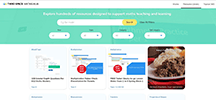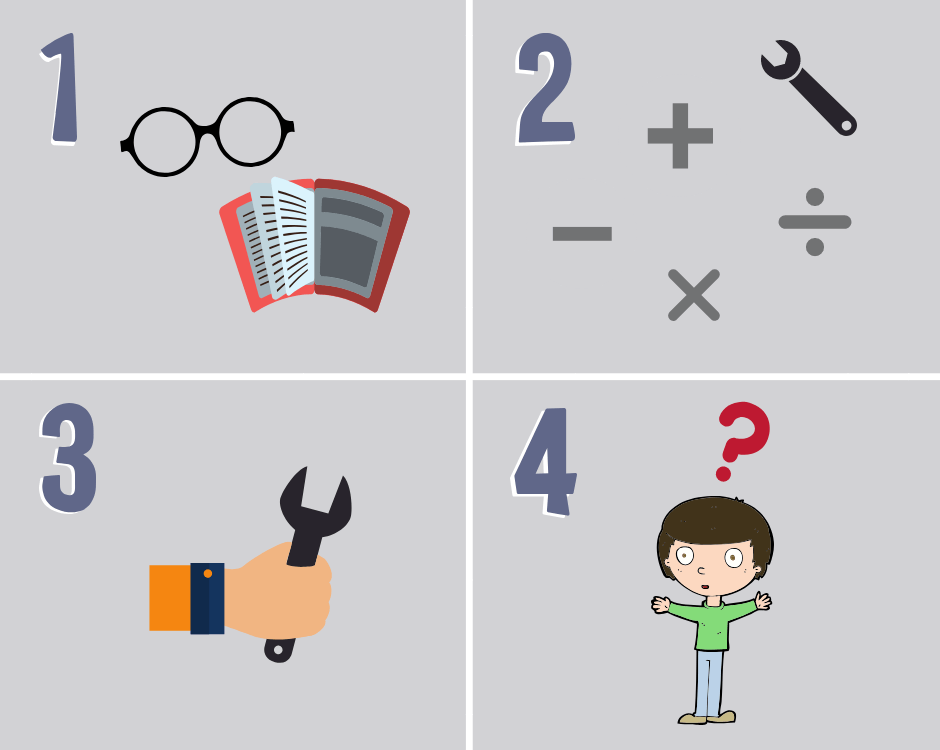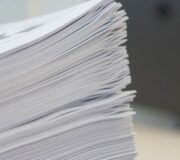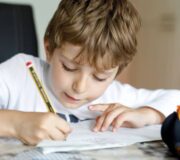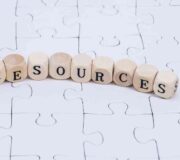Year 6 Maths Curriculum: Home Learning Toolkit for 10 & 11 Year Olds
Year 6 maths is harder than you might think; and it’s testament to the strength and resilience of children and their primary school class teachers that by the end of the year these 10 and 11 year old children are ready to sit 3 exams in the subject – 2 reasoning and 1 arithmetic SATs paper.
Here at Third Space Learning we’ve been supporting 10 and 11 year old children with maths tuition from the Year 6 maths national curriculum for several years. This article aims to provide UK parents of 10 and 11 year olds with everything they need to support their child with Year 6 maths at home: advice, helpful hints and links to resources and all our free Year 6 maths worksheets and a Year 6 maths test.
Whatever the primary maths scheme of work your school uses (White Rose maths is a popular one you may have heard of) Year 6 children across the country will broadly be expected to learn the same knowledge and skills by the end of their Year 6 maths lessons.
Even in an ordinary year, with exams looming and pressure mounting, this period can often feel overwhelming to young minds. Combine this with worries over what the approaching move to secondary school will bring and Year 6 can be a challenging time for all – parents included!
But don’t fear, we’re here to take some of that ever-increasing load off and show you the best (and simplest!) ways to help your 10-year-old or your 11-year old with Year 6 maths at home.
- What the Year 6 Maths curriculum says
- Topics in the Year 6 Maths programme of study
- Understanding the changes from Year 5 Maths to Year 6 Maths
- Number and Place Value in Year 6 Maths
- Addition, Subtraction, Multiplication and Division in Year 6 Maths
- Fractions including Decimals and Percentages in Year 6 Maths
- Ratio and proportion in Year 6 Maths
- Algebra in Year 6 Maths
- Measurement in Year 6 Maths
- Geometry (Properties of Shape; Position and Direction) in Year 6 Maths
- Statistics in Year 6 Maths
- Year 6 Maths…SATs, SATs, SATs…
- How to answer SATs reasoning questions
- Also in this series…
What the Year 6 Maths curriculum says
The principal focus of mathematics teaching in upper key stage 2, especially Year 6 is to ensure that pupils extend their understanding of the number system and place value to include larger integers – numbers up to 10 million. This should develop the connections that pupils make between multiplication and division with fractions, decimals, percentages and ratio.
At this stage, pupils should develop their ability to solve a wider range of problems, including increasingly complex properties of numbers and arithmetic, and problems demanding efficient written and mental methods of calculation.
With this basis in arithmetic, pupils are introduced to the language of algebra as a means for solving a variety of problems.
Teaching in geometry and measures should build on and extend knowledge developed in number. Teaching should also ensure that pupils classify shapes with increasingly complex geometric properties and that they learn the mathematical vocabulary they need to describe them.
By the end of year 6, pupils should be fluent in written methods for all four operations, including long multiplication and division, and in working with fractions, decimals and percentages.
Pupils should read, spell and pronounce all their mathematical terms correctly.
Topics in the Year 6 Maths programme of study
- Number and place value
- Addition, subtraction, multiplication and division
- Fractions including decimals and percentages
- Ratio & proportion
- Algebra
- Measurement
- Geometry (properties of shapes)
- Geometry (position and direction)
- Statistics
You do not need to worry too much about the detail of what is being taught in each of these topics, but the following guidance will help you help your Year 6 with any of their maths homework and give you a sense of what the questions are asking for.
The entire Year 6 maths curriculum is available from gov.uk.
It’s important to note that some Year 6 maths topics are more suitable than others for working on at home. We’ve highlighted below the ones we think you should probably leave to teachers unless you’re very confident in the approach the school is taking to this topic.
Free Year 6 Maths Worksheets and Tests
A collection of free Year 6 maths activities and worksheets from the Third Space Maths Hub. You need to register to download (but it's free). Use Google Chrome.
Download Free Now!Understanding the changes from Year 5 Maths to Year 6 Maths
The good news is that the curriculum is fairly stable by Year 6!
This means that questions such as:
What does my child most need help with?
What are they best at in maths lessons?
Is there anything that I can do to help?
will all have be answered and your child can begin to focus on the two big live events in year 6: the KS2 SATs in May and the upcoming transition from primary to secondary school and the start of quite different Year 7 maths.
Although there are a couple of new ideas that come into play, they aren’t too tricky compared to the Year 5 programme of study.
This year is essentially a consolidation of all the skills your child has learnt in primary school, preparing them for a successful experience in secondary maths lessons, as well as later on in life!
The key is to balance the revision of the basics with the consistent practice of newer concepts, cultivating a mindful approach to exams along the way.
If your Year 6 ever finds maths overwhelming, just take a break from the school work and try to come at it from a different angle. Maths games are brilliant for such times. We’ve got several articles sharing all our best fun maths games, including KS2 maths games, KS1 maths games and KS3 maths games for all maths topics and a set of 35 times tables games you’ll want to bookmark whichever year group you teach!
Number and Place Value in Year 6 Maths
In Year 6 number and place value simply extends the learning earlier down in the school. Numbers get bigger – from two-digit numbers all the way up to 10 million and smaller – to thousandths of a decimal place; children are expected to be confident both in saying them out loud and in writing them down.
This is something you can practise with your child when you see numbers in the newspapers or even trying to read out part of a phone number or an electricity meter – it’s not as easy as it looks!
One of the best tools for securing the concept of place value is this place value grid which is a cinch to make at home. Or you can try out these place value games and activities.
Addition, Subtraction, Multiplication and Division in Year 6 Maths
In Year 6 maths the four operations – addition, subtraction, multiplication and division – are taught together rather than in pairs. It is assumed by now that children understand the commutativity principle and that division is the opposite of multiplication and, subtraction is the opposite of addition.
Year 6 children learn about and use common factors, common multiples, and prime numbers as well as indices. You will probably notice that your child’s mental calculations improve quite significantly during and they are able to perform much more complex maths in their heads.
In Year 6 maths BODMAS and the order of operations rears its head so encourage your child to learn the acronym, whether its BODMAS or BIDMAS (I = indices).
One of the greatest challenges in this topic is likely to be Year 6 long division which is why we created this guide for parents and kids on short and long division.
Here’s a snapshot of what’s involved…
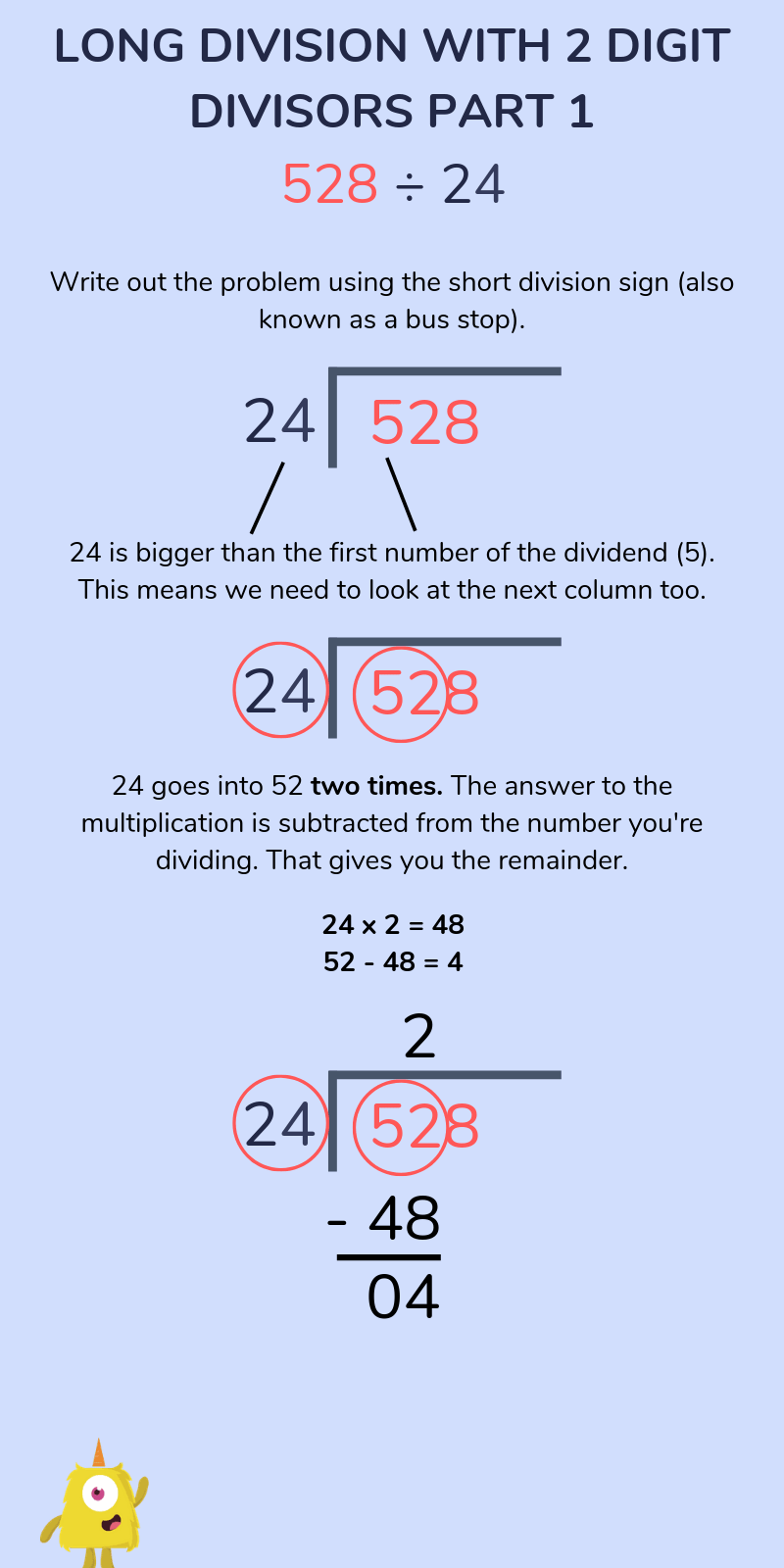
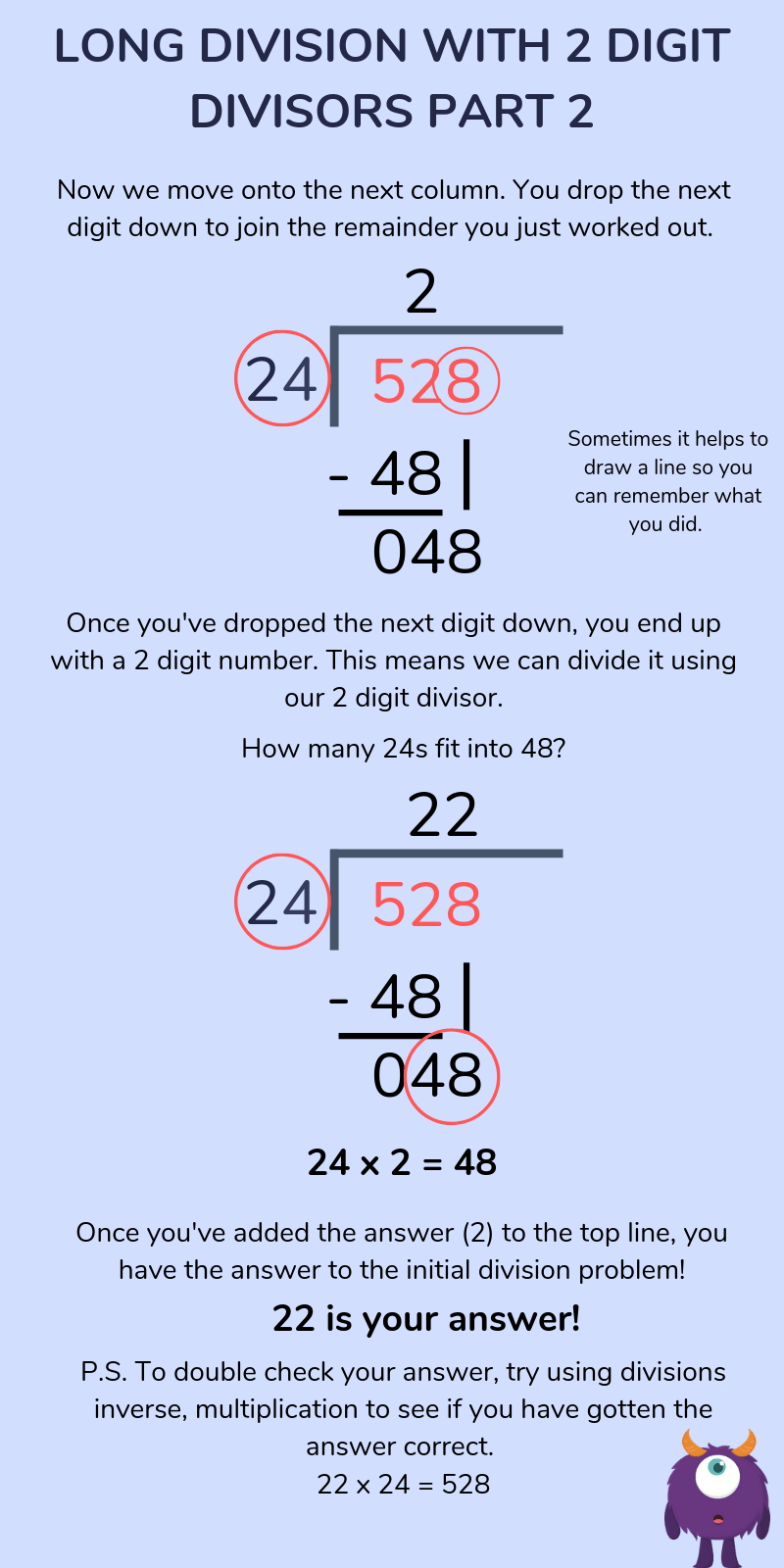
Different division questions call for different methods of division to solve them, but here is a quick and easy guide to show which method your child should use and when:
- Chunking is best for smaller numbers and arithmetic.
- Short division is great for dividing larger numbers by one digit numbers.
- The long division method is handy for dividing large numbers by numbers with 2 or more digits.
Fractions including Decimals and Percentages in Year 6 Maths
KS2 fractions can prove a hurdle for many children even in Year 6. This fractions for kids article helps to break down the stages children need to learn fractions and it’s a topic that’s worth devoting some time to.
Talking to your child about their Year 6 fractions work will unleash a world of new mathematical terms and processes such as equivalent fractions, comparing and ordering fractions, and writing fractions in their simplest form.
Simplifying fractions just means that we use the lowest possible numbers when we work them out, using our times tables knowledge and division facts to reduce the size of the denominator and numerator.
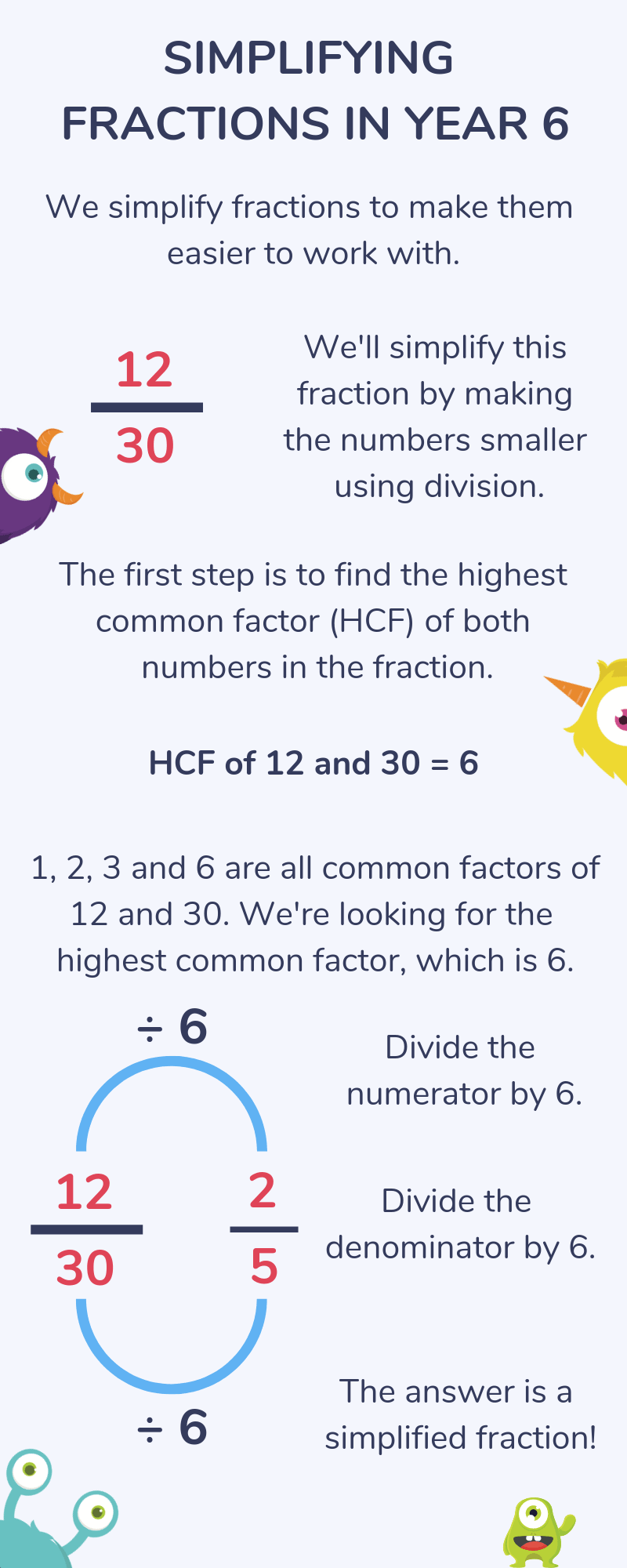
In year 6 maths lessons children will also learn subtracting fractions and how to work with mixed numbers and how to multiply fractions with different denominators. There’s a lot to cover, so just support your child to work with what they’re learning.
By the end of Year 6, your child will need to know how to convert fractions into decimals and decimals into percentages.
- Converting fractions into decimals: Divide the numerator by the denominator.
- Converting decimals into percentages: Multiply the decimal by 100. For example, 0.79 would become 79%.
- Converting percentages into decimals: Divide the percentage by 100. So, 87% would become 0.87.
- Converting percentages into fractions: Put the percentage amount over 100 (e.g. 75% = 75/100), then simplify it – in this case ¾ .
For more detailed guidance read this article on comparing fractions decimals and percentages.
Ratio and proportion in Year 6 Maths
The national curriculum puts percentages of amounts and degrees etc into the topic ratio and proportion in Year 6. This is a challenging topic for parents to help with as it’s so easy to confuse children with a different method from the one they’ve been taught.
We’d suggest just working on some simple Year 6 ratio activities like the two below is probably the best way to approach this topic. Speaking frankly, it doesn’t lend itself so well to home support.
Year 6 Ratio activity: Dealing with discounts while sale shopping
When you’re out shopping practise working out sale discounts.
Work out 10% to begin with, before working your way up to multiples of 10% and 5%.
There’s really no substitute for concrete learning when it comes to these concepts – Year 6 maths becomes a lot easier when you practise it in context!
Year 6 Ratio activity: Baking recipes
Find a recipe that serves a lot of people and ask your child to think about how they can make the recipe the right size for you using division and fraction terminology (“We’ll need half/a quarter/an eighth of this recipe”).
An example of a maths question could be:
Last week you made a cake that had 8 slices. Unfortunately, this was too big and some of it had to be thrown away!
You want to make another cake this week, but you only need to use half the amount of ingredients.
Last week’s cake recipe:
- 220g butter
- 220g caster sugar
- 4 large eggs
- 300g flour
- 80g raspberry jam
Can you work out how much of each ingredient you would need to make a cake half this size?
Can you work out how much of each ingredient you would need to make a cake a quarter of this size?
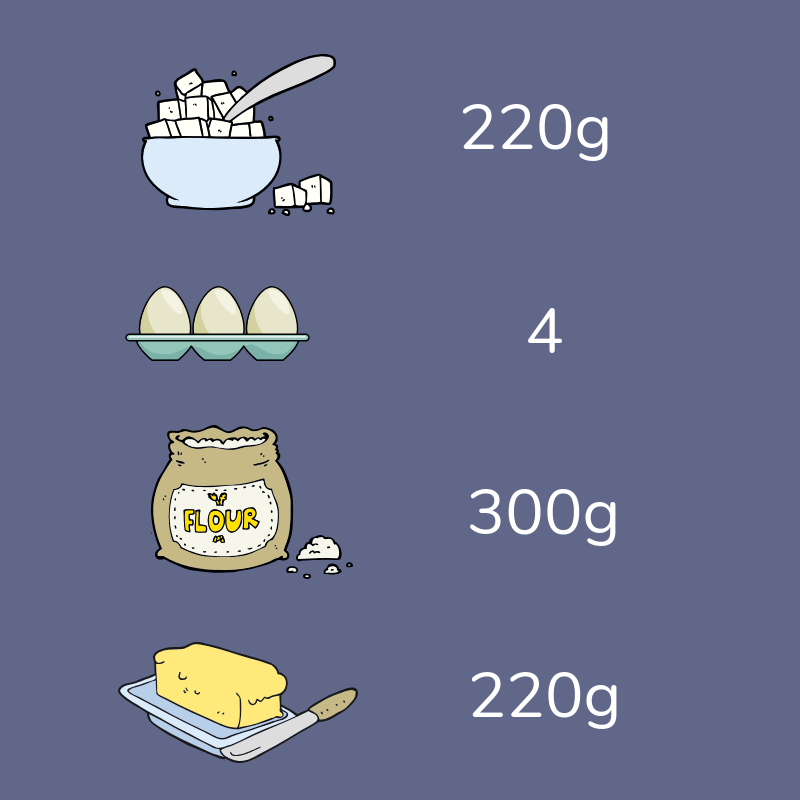
Algebra in Year 6 Maths
Again, this is not a topic that we recommend spending too much time on at home with your child. In maths lessons year 6 pupils will be taught simple formulae and then some missing number problems and problems with ‘unknown quantities’.
These are best taught by your child’s class teacher.
Measurement in Year 6 Maths
In Year 6 children learn to convert units of measure, length, mass, volume and time from a smaller unit to a larger unit and vice versa. Also between imperial (miles) and metric units (kilometres)
As a refresher, these are the facts they’ll need to know:
| 10mm (millimetres) | = | 1cm (centimetre) |
| 100cm (centimetres) | = | 1m (metre) |
| 1000m (metres) | = | 1km (kilometre) |
| 1000g (grams) | = | 1kg (kilogram) |
| 1000ml (millilitres) | = | 1l (litre) |
| 1 kilometre | = | 5/8 mile |
They will also be looking at volume of cubes and cuboids, and comparing area and perimeters of shapes such as parallelograms and triangles.
There are lots of ways to build on your Year 6 child’s measurement lessons at home. Start by highlighting the weights and measurements of everyday kitchen foodstuffs just to show them what 500g looks like or 1 litre.
Measure every member of the family and work out the differences in height. Look at other items and think about what you would use to measure them. For example ear 6 maths tests often seem to include questions about capacity of buckets and most 10 and 11 year old children really struggle with knowing how much a bucket would hold (generally about 2 or 4 litres).
Geometry (Properties of Shape; Position and Direction) in Year 6 Maths
The topic of geometry in Year 6 maths is split into two subtopics: shape and position and direction. The latter is mostly about plotting points on a quadrant so it helps to make sure your child knows the difference between the x-axis (across) and the y-axis (up and down).
Shape can prove a little trickier. Children are expected to compare and classify geometric shapes based on their properties and sizes and find unknown angles in any triangles, quadrilaterals, and regular polygons. They also use nets to build 3-D shapes.
They will do lots of angles work, starting to use a protractor, and working out, where angles meet and what missing angles amount to. They’ll also start to understand the parts of a circle knowing that the diameter is twice the radius.
Year 6 Geometry activity: Protractor practice
Protractors are often a mystery to primary school age children, so you can clear things up by using them often around the house.
A quick and easy way to handle a protractor is:
- 1: Use a ruler to draw a few different sized angles on a sheet of paper.
- 2: Challenge your child to measure as many as possible in a minute.
- 3. Next, switch roles!
- 4: It’s your turn to measure as many angles as possible, in a different colour pen, for one minute.
- 5: Once all the angles are measured, go back and check for accuracy.
- 6: Whoever got the most angles right wins the game (and perhaps a small reward!).
While drawing angles might seem like straightforward maths for 10-year-olds, it constitutes the first steps towards secondary-level trigonometry.
Statistics in Year 6 Maths
In Year 6 statistics, children use pie charts and line graphs to solve problems, as well as revising other forms of data representations from pictograms and line graphs to frequency tables. They will also be looking at the mean as an average.
Part of becoming confident in Year 6 maths is being comfortable with a range of mathematical information.
If your child is getting mixed up interpreting data it’s a good idea to go back to basics and have a go at conducting a few surveys around the house before setting out the results in tables and graphs.
Year 6 Statistics Activity: Charting the Weather
Here’s a great activity to do in the rainy months (which shouldn’t be hard to come across in England!) to help with data interpretation through using a real-life example that even helps boost our science understanding.
Dot Your Data: A fun Year 6 maths activity
- Step 1: Pop a glass outside to collect water.
- Step 2: Measure the amount that falls each day.
- Step 3: Record the results in a table.
- Step 4: After one week, plot the results on a line graph.
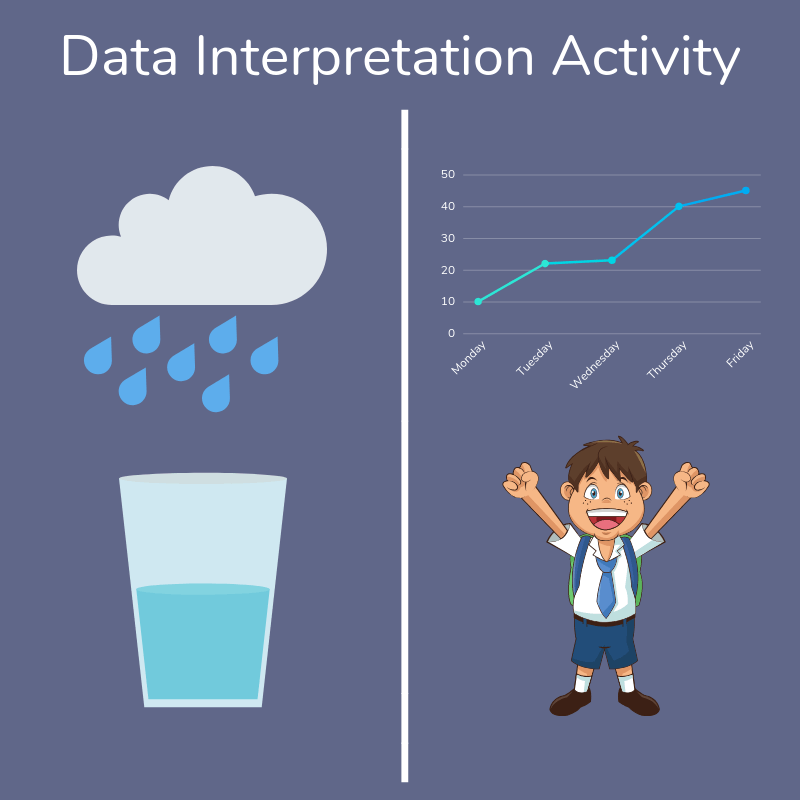
Year 6 Maths…SATs, SATs, SATs…
When it comes to Year 6 maths, mention of the SATs test is never far away.
For many children this age, the transition into a formal exam year can be stressful, so now is the time to practise working through challenges with a cool head.
As a parent, you might feel under pressure too. Mathematics for children can be a minefield, and when everyone is talking about test scores and booster groups, it can be hard not compare your child’s progress against that of other children.
Every child is different, so your best bet is to focus on your own child’s needs instead of worrying about everyone else (no matter how much they go on about what’s right and wrong for the exams!).
Read more about the KS2 SATS in the following parent guides
- Step by Step to Success in the Year 6 Maths SATs
- Everything Parents Need to Know about SATS
- 29 SATS Revision Tips and Tricks
The KS2 SATs in Maths consists of 3 papers: 1 Arithmetic Paper and 2 Reasoning Papers. The latter tests 10 and 11 year olds ability to reason and problem solve using the maths knowledge and skills they have learnt at primary school. This is the aspect of KS2 maths that a lot of children find hard so the rest of this article gives you some ideas for how to help.
How to answer SATs reasoning questions
Chances are your child will be practising test questions at school almost daily.
However, at school, the focus will be on working these questions out independently, which leaves a lot of room for misinterpretation.
Most teachers will revisit the harder questions, but it’s a good idea to practise at home so you can identify which questions are causing headaches.
Once you know which ones are problematic, you can work on a strategy to solve them in plenty of time for the exams.
This method isn’t foolproof as the examiners are always thinking up new ways to trip children up but when faced with a problem that seems insoluble it’s worth having a strategy to fall back on. This is what we recommend.
1. Read the whole question
- Find words that you know.
- Find words that you don’t know. Can you work what they mean from what’s around them?
2. Choose which tools to use
- Which operations make sense here? Addition, subtraction, multiplication or division?
3. Try out your tools
- Present work neatly so it’s easier to keep track later.
4. Check that the answer makes sense
- If it does, do a quick check of your work.
- If it doesn’t, work through the steps again.
Simple maths problems to work through with your 10 year old
Bill had three apples and ate two. How many did he have left?
Connor had £5. He spent £3 on lunch. How much money does he have left?
Rachel had 4 dogs. She bought 1 cat. How many pets does she have now?
If you manage to talk about the different ways you could approach the problem this will be very beneficial as dialogue around the process really helps understanding in maths.
Take the time to really dig into the process, and if you get it wrong, treat it as an opportunity to refine the process (rather than giving up).
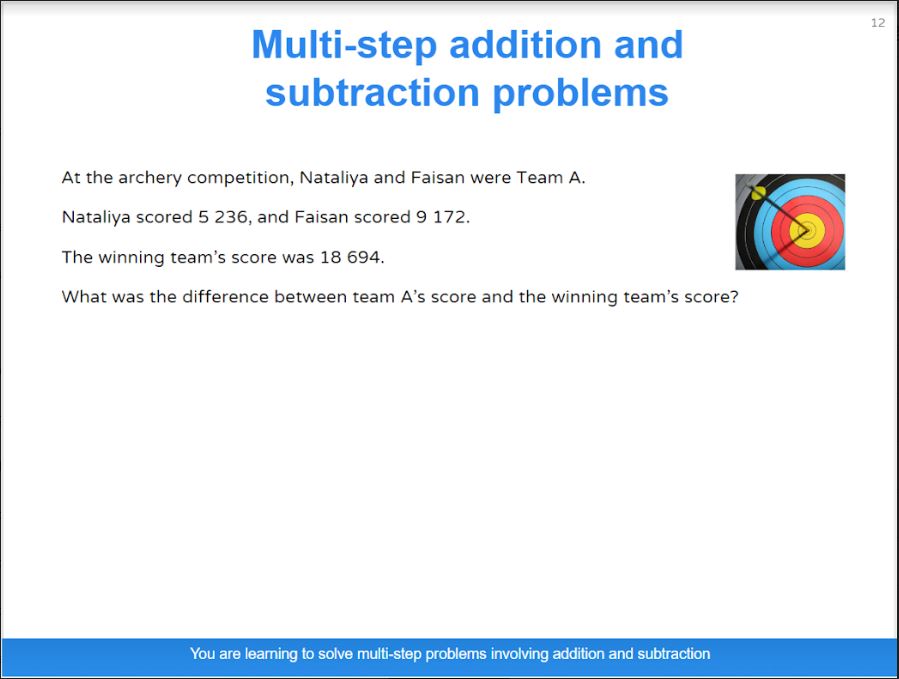
More complex multi step maths problems for your 11 year old
1. Potatoes cost £1.50 per kg and carrots £1.80 per kg. Jack buys 1½kg of potatoes and ½kg of carrots. How much change does he get from £5?Answer: £1.85
2. Wishy Washes car wash process 92 cars per day. they make £15 per car. How much money will they have made in 4 days.
Answer: £5,520
3. An aeroplane is flying from Birmingham to New York. The distance between these two cities is 5,400km. On the journey the pilot announces “We are 40% of the way through the flight.” How far has the aeroplane travelled?
Answer: 2,160 km
For more, see this collection of 35 year 6 maths reasoning questions.
Also in this series…
- Year 3 Maths Curriculum Toolkit for 6 & 7 Year Olds
- Year 3 Maths Worksheets
- Year 4 Maths Curriculum Toolkit for 7 & 8 Year Olds
- Year 4 Maths Worksheets
- Year 5 Maths Curriculum Toolkit for 9 & 10 Year Olds
- Year 5 Maths Worksheets
DO YOU HAVE PUPILS WHO NEED MORE SUPPORT IN MATHS?
Every week Third Space Learning’s maths specialist tutors support thousands of students across hundreds of schools with weekly primary school tuition designed to plug gaps and boost progress.
Since 2013 these personalised one to one lessons have helped over 150,000 primary and secondary students become more confident, able mathematicians.
Learn about the year 6 programme or request a personalised quote for your school to speak to us about your school’s needs and how we can help.

